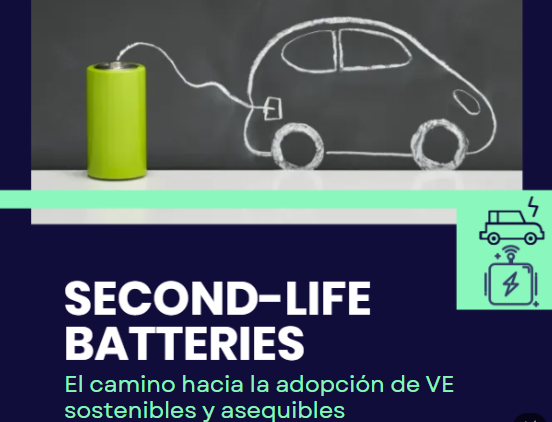Below, we present a white paper published by Nhiura Coaquira R.
Since the beginning of the Industrial Revolution, human activity has produced atmospheric gases that have trapped more of the Sun’s energy in the Earth system, raising the planet’s average surface temperature and causing rapid and widespread changes in the Earth’s surface. temperature, climate and global ecosystems.
This rise in global temperatures has led to an increase in the frequency and severity of extreme weather events, an increase in heat-related illnesses and deaths, more costly damage from storms, prolonged droughts that reduce agricultural productivity and strain systems. of water, and more serious wildfires that threaten homes and degrade air and water quality. These shocks are expected to disproportionately affect the nutrition and health of women, children, older adults, and low-income communities.
In response to the threat of climate change, automakers and consumers are transitioning to electric vehicles to reduce greenhouse gases. Global sales of electric vehicles are increasing, rising from 3.2 million in 2020 to nearly 14.1 million in 2023. They accounted for 15% of U.S. sales in 2023, and those vehicles joined the 2, 4 million electric vehicles already on American roads.
Latin America is experiencing similar growth, with electric vehicles expected to account for 16% of vehicle sales by 2028 and 50% by 2040. With more than 5,000 electric buses currently in operation, the Latin American region has distinguished itself by the implementation of electric buses in Public Transportation Systems. This has been made possible by promising developments in the region, including the adoption of policy frameworks to promote sustainable urban mobility.
The transportation sector is the largest contributor to greenhouse gases in the United States, with more than 278 million personal and commercial vehicles generating 28% of greenhouse gas emissions in 2021. The transition of combustion vehicles to electric ones can significantly reduce transport gas emissions because, even when taking into account emissions from the source of electricity generation, electric vehicles generate between 17% and 30% less carbon than cars gasoline or diesel. This reduction in carbon emissions will improve further as we adopt cleaner forms of energy generation, such as solar and nuclear.
It’s exciting to see buyers concerned about climate change begin to invest in sustainable electric vehicles. However, we have pressing questions about the commercial and environmental impact of a growing stock of used EV batteries.







